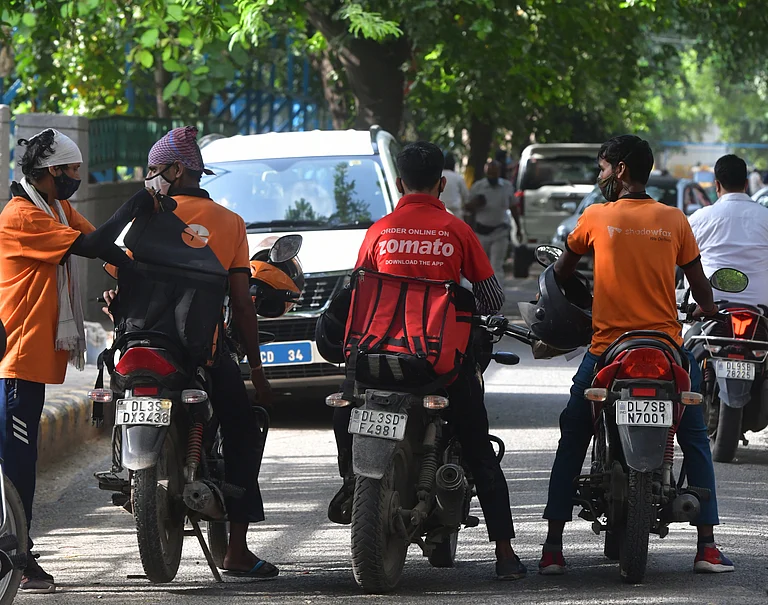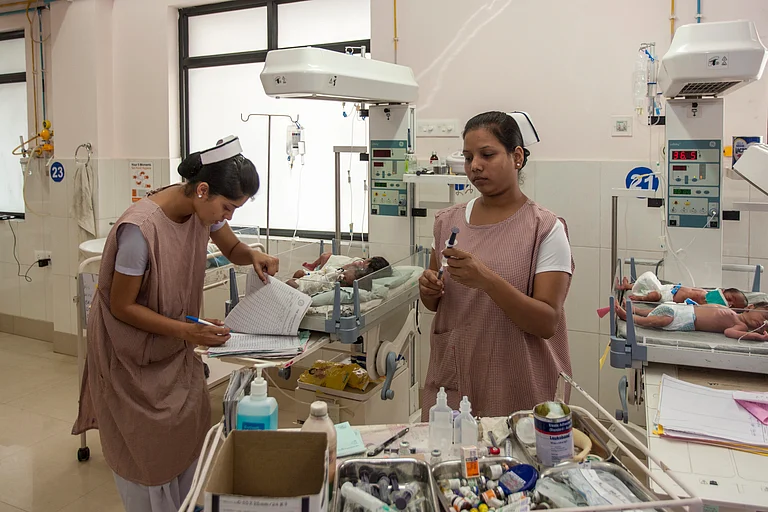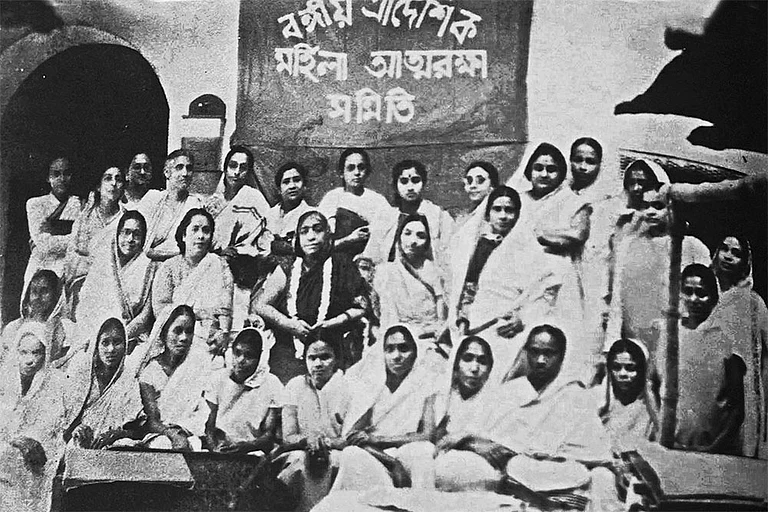‘The liberty of a democracy is not safe if the people tolerate the growth of private power to a point where it becomes stronger than their democratic state itself.’ These words of former US President Franklin D. Roosevelt during one of his speeches to Congress on April 29, 1938, were a warning against the rising divisive powers of the corporate world and its impairing effect on democracy and inequality.
From a capitalist country in the West, the lessons have now hit home. India is facing a rising industrial concentration and the power of the corporates is being detrimental to most commoners. In a ripple effect, the privatisation of healthcare, with redefined and better healthcare facilities, Dalits in India are facing high and unaffordable out-of-pocket fees in the private healthcare sector, financial exclusion in the private education sector; and overt discrimination in both.
Oxfam, in its latest report: ‘INEQUALITY INC. How corporate power divides our world and the need for a new era of public action’, focuses on how the new era is all about monopolistic powers that is seeing a shift from democracy to plutocracy.
In India, inequality is seeing growth in terms of health. Private equity firms are snapping up everything from water systems and healthcare providers to nursing homes, amid a litany of concerns about poor and even tragic outcomes. In India alone, four billionaires are invested in the private hospital and diagnostic sector yet, Dalits along with a major population reeling under poverty, remain excluded from access to proper healthcare.
Further, at the current rate of development and progress across the world, it could take up to 230 years to end poverty while at the same time, the world could have its first trillionaire in 10 years, the report revealed along with the threats of rising corporate power across the world and the glaring gaps between the rich and poor, which is likely to increase over the next few years.
Here are some important points from the report:
Rich became richer during times of crisis
The year 2020 began with the Covid-19 pandemic, that made daily life brutal for women and marginalised communities. The years since then have witnessed escalating conflicts between nations, worsening climate crisis and surging costs of living – hence, this decade, according to the NGO, appears to be turning out into one of division.
But even in times of crisis, the world’s five richest men – Elon Musk, Bernard Arnault, Jeff Bezos, Larry Ellison and Mark Zuckerberg – have seen their fortunes more than double, while almost five billion people have seen their wealth fall.
Global corporations including oil and gas companies, luxury brands, financial industry corporations and pharmaceutical corporations, were among the big winners during this time of crisis. Their profits recorded an 89 per cent jump for the years 2021 and 2022, compared to the 2017-2020 average, according to an analysis by Oxfam and ActionAid of the world’s largest corporations.
Further, the report notes that these wealthy corporations and their owners also directly shape the economy in their favour by influencing public policy and laws. More than 11 per cent of the world’s billionaires have either run for office or become politicians, the report states.
Corporate power fuels inequality
Across the world, workers, mainly women and from marginalised communities, endure back-breaking working conditions which often goes uncompensated. For many of them, the work they do is also dangerous and life-threatening. According to the International Labour Organisation (ILO), 2.3 million workers die every year because of occupational accidents or work-related diseases.
They do such work for some of the world’s largest corporations that end up benefiting from circumventing costs by employing workers through outsourcing, contracting and for ‘part-time’ work.
Further, as established above, as these wealthy corporations end up receiving a large share of the profits from the labour performed by underpaid workers, declining wages pose an imminent threat to these workers and their families. The report reveals that 791 million workers have seen their wages fail to keep up with inflation and have lost US$1.5 trillion over the last two years.
Women workers - overrepresented in poorest-paid jobs
The domestic and care work that women perform is often underpaid or unpaid even though the monetary value of such work carried out by women globally is at least US$10.8 trillion annually – three times the size of the global tech industry (in 2020).
This gender inequality is exacerbated by other forms of discrimination that women have to endure, such as that based on race and migration status; for example, migrant women workers in particular are often doing jobs with low pay and very poor protection, the report says.
In numbers, women’s share of estimated earnings of the total income globally in 2022 (35 per cent) was only slightly more than the estimated 30 per cent in 1990. Overall, men continue to earn more than women and gender pay gaps still persist.
Worsening climate change
Increasing corporate power in the hands of a few is also driving climate breakdown, according to the report. Many of the world’s billionaires own, control, shape and financially profit from activities and investments that emit greenhouse gases.
In 2022, Oxfam’s research showed that the world’s richest billionaires emit three million tonnes of CO2 a year (on average) through their investments – over a million times more than the average emissions of someone in the bottom 90 per cent of humanity.
What the report said about India
While warning of the powers of corporations and monopolies, the Oxfam research notes that India faces ‘rising industrial concentration’, especially by the top five firms.
In the case of privatisation, it found that private healthcare providers in India, among other countries, were pushing patients into poverty. Dalits in India face high and unaffordable out-of-pocket fees in the private healthcare sector, financial exclusion in the private education sector, and overt discrimination in both sectors.


























